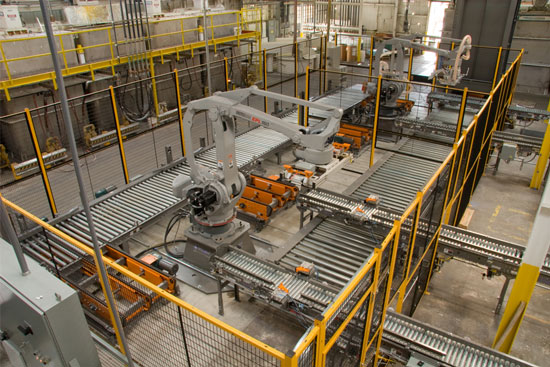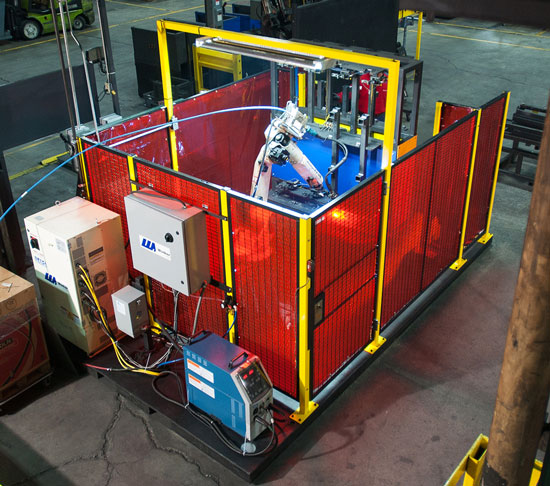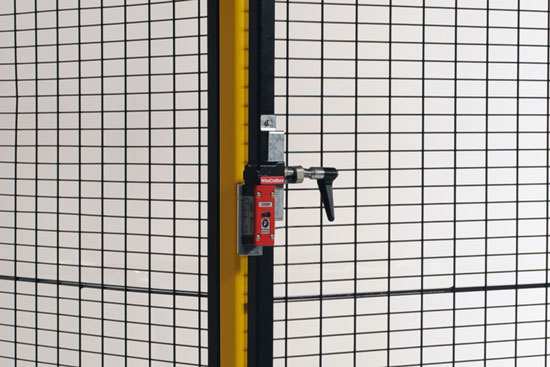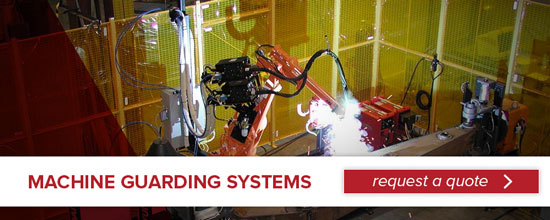You hear about robotics everywhere, from using drones to deliver packages to robots manufacturing car parts. Robotics is a growing industry and it's not going to slow down anytime soon.
Twenty-one research reports forecast double-digit growth for robotics! Furthermore, there's a growing number of industries that have been embracing robotics, such as healthcare, agriculture, automotive, military, and manufacturing. With this increasing number of industries employing robots, more engineers and software professionals are needed to engage in the challenging work of designing robotic devices that perform the necessary repetitive, unpleasant, or dangerous tasks, such as assembling cell phones, washing floors, or disarming bombs.
So, how do all of these transfer over to the always in-demand and growing field of manufacturing?
How Robotics Is Affecting The Manufacturing Industry
 According to a market research report, the industrial robotics market is expected to grow 11.92% between 2016 and 2022, and reach USD of $79.58 Billion by 2022. Hence, the industrial and manufacturing industry is heavily in growth mode.
According to a market research report, the industrial robotics market is expected to grow 11.92% between 2016 and 2022, and reach USD of $79.58 Billion by 2022. Hence, the industrial and manufacturing industry is heavily in growth mode.
These innovations are streamlining processes and increasing efficiency. The large investment up-front is often paid back in a reduction of scrap and better assembly and production times. This allows for more strategic investments, such as hiring more engineers, buying other vital equipment, better benefits for employee retention, investing in R&D, or a plethora of other options.
Despite this rapid growth, there's still a learning curve on how to work with these new additions. Workers have to be trained, shop space has to be cleared, strategic plans have to be created, and safety requirements need to be made. But how? Here are a few tips and considerations.
Training
From training on a lock out tag out system to how to actually use a robotic welding arm, training personnel is essential.
Many companies are hiring engineers that know how to do programming and maintenance, while others are doing internal or external training. Then, there are the people that are operating the robotics day-to-day, these people need training on the machines they will be managing.
Do you have an internal training program when your employees are new to the system or machine? What about certifications? Do you have an internal system of who can work on which robots? It takes planning and a lot of training. You can't just take a person off the street and expect things to be efficient without any training.
Floor Space
It doesn't matter if it's a 300 lb press with a robotic arm for retrieval with a cooling line or if it's just a programmable CNC machine, these use up floor space. It requires planning on how you want your production line to go. You need space for racks, forklifts, personnel, and other machines, so you have to maximize your space wherever you can. That's why planning your shop floor is essential. Do you know where all of the equipment goes to have a good traffic flow while still having the proper sequence of events and maximizing your limited floor space?

Have you ever considered other ways to assist with your limited space? What if your machine guarding system, which is required by OSHA, could take up less floor space & still be OSHA approved? Or can they be customized to your configurations? Are there other things that could help reduce the space?
Strategic Plans
Besides the floor plan, there are other strategic plans that have to be made with robotics in the manufacturing setting. Have you considered the strategy behind maintenance? Is it easy to get to the robot to do basic or more in-depth maintenance? How about if you eventually upgrade, can you easily change your floor plan and machine guarding system?
After the maintenance and upgrades, then there's actually deciding who should have access to what areas of robots. Does everyone has access or a chosen few? How do you decide and keep a strict access control if needed? Now you are looking at the who and how. There are key pads, lock out tag out systems, key cards, biometrics, a standard key, or even more custom options.

Do you have a strategy for the ROI for purchasing each robot? Let's be honest, at the end of the day that's what everyone asks about. There is maintenance and upkeep, the upfront cost, and paying more for specially trained staff. Do you know what the return on investment is? Consider calculating how much you have gained or lost since the purchase. Calculate the scrap, labor, time, efficiency, and other factors. This can assist you in the future to decide and allocate funds. Also, before buying a new robot, consider if you are using the ones you do have to their full capacity.
Safety Regulations
OSHA has strict policies when it comes to machine guarding. They want to make sure your personnel and equipment are safe if the robot malfunctions, as well as to prevent the robot from getting damaged. Are your machine guards ANSI/RIA R15.06-2012 compliant? These are things you have to consider when shopping for the necessary machine guarding system for your robot.
Don't want to go shopping for a machine guarding system?
Building your own machine guards can seem like an attractive option. However, even experienced and properly equipped fabricators are rarely fully prepared to meet all of OSHA’s requirements, are prone to make mistakes, and are subject to the inefficiencies that a professional machine guard manufacturer is fully prepared to mitigate.
Not only that, but building your own machine guard is bound to be more expensive, take more time, and often result in waste and mess, which can cause damage to sensitive equipment. Worst of all, should your homemade cage fail to meet OSHA safety standards, your efforts can all go to waste. As a company that's trying to increase efficiencies by joining and being part of the growing robotics industry, DIYing a machine guard should be the last thing on your mind.
Instead, talk to a professional with trusted and certified products that meet more than just OSHA standards. Look for a company that can customize to your needs, have a variety of wire partition options or lock options, and have the security that's required.
Want to learn more about the growing robotics industry? We recommend checking out this report. Want to learn more about WireCrafters and our machine guarding capabilities? Check out our website or read this case study. Want to get started and talk with a local dealer? Click here to start a conversation.
To learn more about our Machine Guarding Systems or get a quote, please click the image below.
